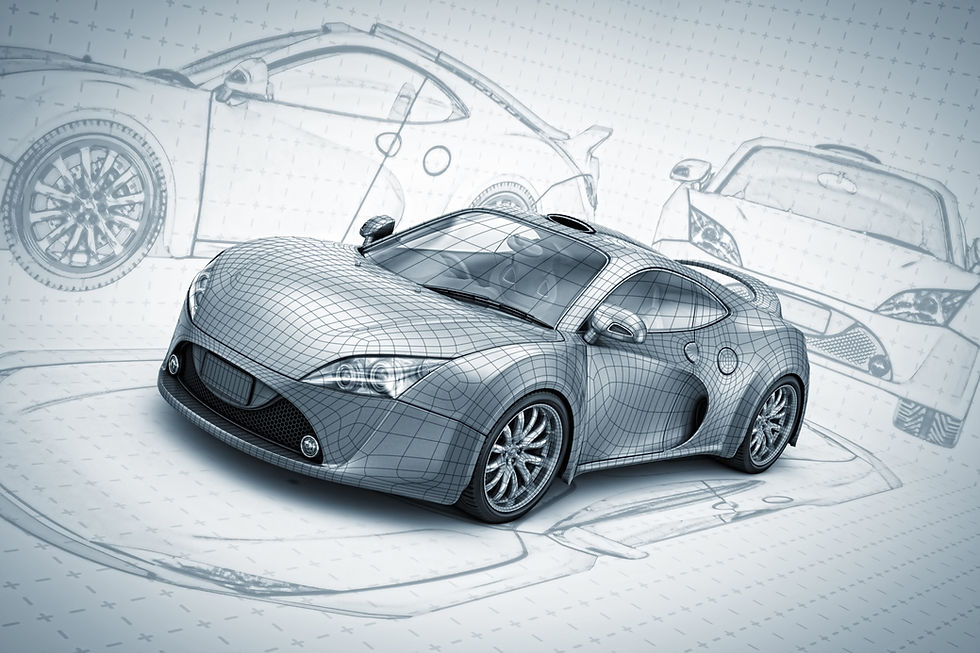Material price increase and the effect on Suppliers
- Tamas Rozsa
- Mar 9, 2021
- 2 min read
Updated: Apr 7, 2021
Raw material prices have increased by over 31% from September 2020 to March 2021. Top Tier Consultants conducted an analysis to evaluate the impact and what can Suppliers do to mitigate it.

First of all, let’s take an average C-segment car in Europe that costs EUR 31.500. We are breaking down the raw material content of this car as an example. In March 2021 raw material content is EUR 3.250, 62% of which is metal, mainly Steel (38%), Aluminum (12%) and Copper (8%). Rubber, fluids and plastic make up another 30%.

Raw material content historically averaged around 10% of the car’s retail price since 2010. Specifically it was just 10% in 2018 before it declined by 15.8% and hit a low point in Q2 2020. At the same time the cost of the car increased by 9.2% from EUR 27.733 to EUR 30.283. So the industry enjoyed a 12% margin increase which was welcome given the enormous cost of electrification and the COVID crisis. The current 10.5% raw material content is not high from a historic perspective, but this major cost increase couldn’t have come at a worse time.

In a typical Automotive supply chain, the carmaker takes the risk: it compensates the supply base for any adverse raw material price increase but it also takes the gain when prices decrease. At least this is how the theory goes. The current raw material price increase results in over 3% points decrease in profitability which is not going to be taken lightly by the OEM’s. We have already seen an escalation of ad-hoc price-down requests to the Tier-1 level that is being quickly passed on to lower level Suppliers.

However, differences in cost structure result in different impact. Major European Tier-1 Suppliers have a material content of about 54%, while smaller Tier-2/3 Suppliers of Central and Eastern Europe have a material content of 65-74%. So the smaller, lower-tier Suppliers are impacted disproportionally not only by ad-hoc price-down requests, but by the fact that in many cases alloy price compensations don’t cover the full exposure, in addition to the fact that it is being adjusted every 3 month, draining liquidity as well.
Suppliers need to consider the following check-list and evaluate how they perform:
1. Does Alloy surcharge/ material price adjustment cover 100% of the raw material price exposure?
2. Is the material price adjustment being updated every 3 months?
3. Are the series production EOP / spare part status updated in due time?
4. Does the productivity/ price reduction run out in 3 years?
5. Do the joint Customer projects to increase production efficiency lead to mutual benefits?
6. Are ad-hoc price reductions by Customers increasing?
7. Are the Customer RFQ formulas compatible with the internal accounting system?
If you are not happy with your score, you should know that benchmarks exist for all major OEM’s and Suppliers at Top Tier Consultants. Please feel free to contact us.







Comments